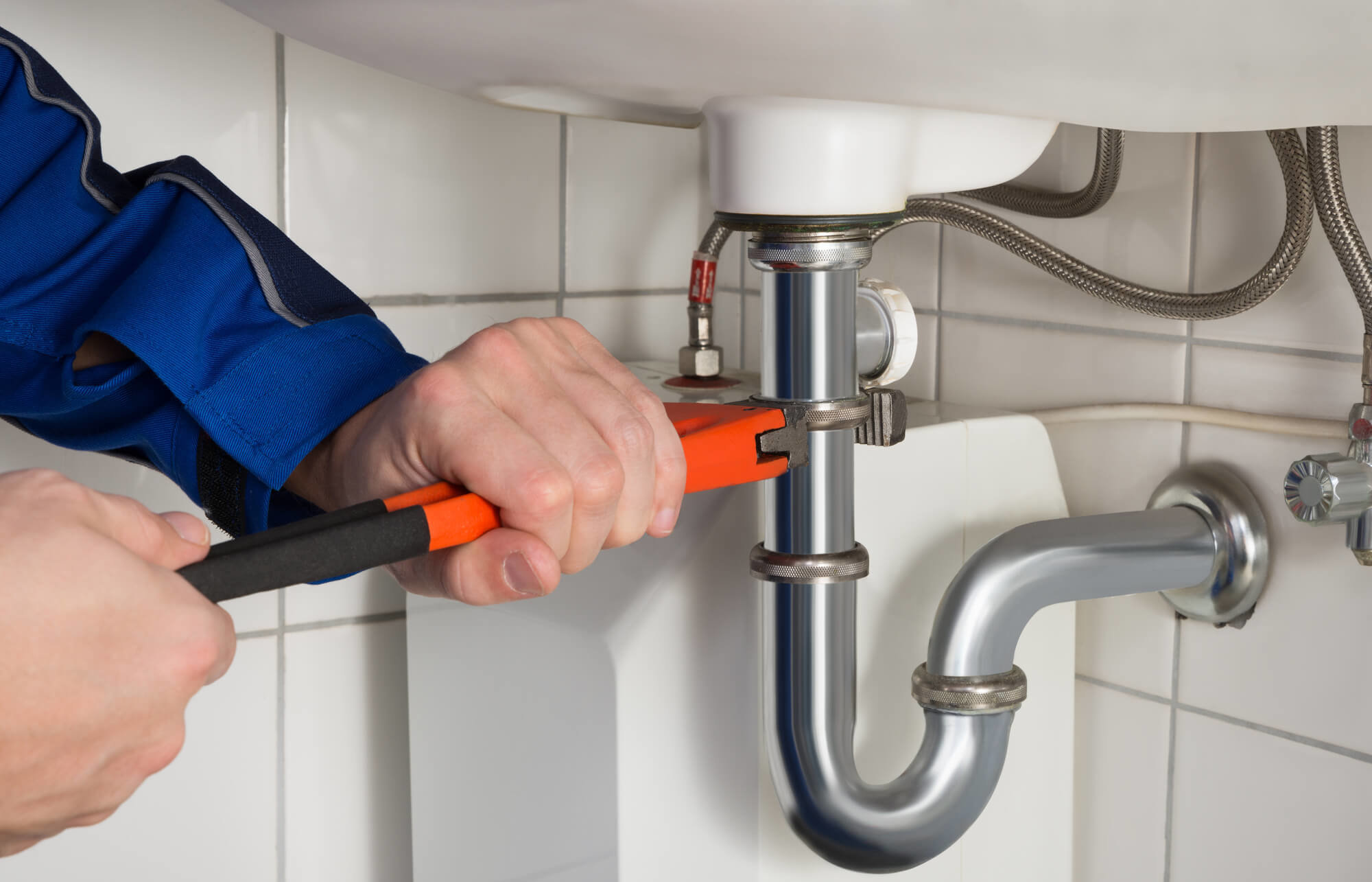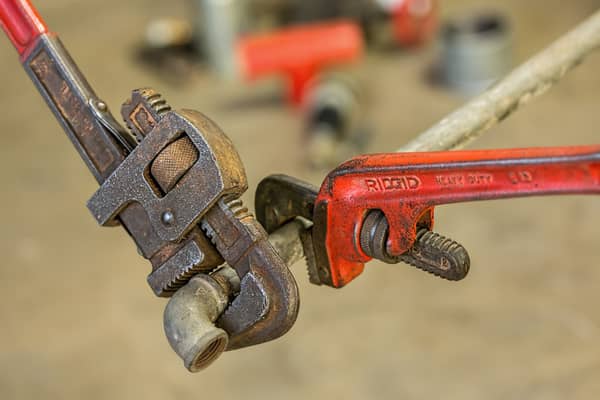How do you really feel about 6 Common Plumbing Problems and How to Fix Them?

Introduction
Preserving a practical plumbing system is critical for a comfy home. By taking safety nets, you can prevent typical plumbing issues that may disrupt your daily life and sustain pricey repair services.
Monitor Water Stress
Watch on your water pressure to stop stress and anxiety on your pipelines and appliances. High water stress can cause leakages and damage with time. Think about installing a stress regulator to keep optimal water stress throughout your home.
Educate House Members
Inform every person in your home about correct plumbing practices. Instruct them what need to and should not be purged or thrown away down the drain to avoid preventable plumbing troubles.
Protect Pipes from Cold
Throughout winter, take actions to stop your pipelines from cold. Shield exposed pipelines, particularly those in unheated locations like cellars and attics. Enable faucets to drip during freezing temperatures to stop water from cold in the pipelines.
Address Leaks Quickly
Deal with any leakages or leaks as soon as you notice them. Also minor leakages can waste water and cause damages to your home gradually. Tighten loosened fittings or change worn-out seals to avoid leaks from getting worse.
Routine Upkeep Checks
On a regular basis examining your plumbing system is essential for determining prospective concerns before they intensify. Inspect pipelines, faucets, bathrooms, and devices for leaks, rust, or indicators of wear and tear.
View What You Flush
Bear in mind what you purge down your toilets. Prevent purging items such as wipes, cotton spheres, hygienic items, and paper towels, as these can create obstructions and back-ups in your pipelines.
Correct Disposal of Grease and Food Waste
Dispose of oil, oils, and food scraps correctly to prevent buildup in your pipelines. Stay clear of putting oil down the tubes, as it can solidify and cause blockages. Make use of a filter in your kitchen sink to capture food fragments and empty it on a regular basis.
Be Gentle with Plumbing Fixtures
Stay clear of utilizing excessive pressure when running plumbing components such as taps and valves. Misuse can trigger wear and tear, bring about leaks and various other malfunctions.
Normal Drain Cleansing
Schedule normal drain cleansing to avoid build-up of hair, soap scum, and other particles. Use a drain serpent or chemical cleaner to get rid of blockages and keep smooth drainage.
Install Water Softeners
Think about mounting a water softener if you have hard water. Difficult water can create mineral accumulation in your pipelines and devices, resulting in minimized water circulation and efficiency.
Final thought
Protecting against typical plumbing concerns in your house calls for persistance and normal upkeep. By adhering to these preventive measures, you can make certain that your plumbing system operates efficiently and prevent pricey fixings in the future.
Expert Tips for Preventing Common Plumbing Issues
Keep Drains Clear and Functional
Regularly clean drain covers and hair-catching devices to eliminate debris and prevent buildup. Avoid disposing of grease, oil, or coffee grounds down your drains, as they can congeal and accumulate over time, creating obstructions. Consider using a biodegradable drain cleaner periodically to break down organic matter and maintain clear pipes. Prevent and Identify Leaks Early
Regularly inspect visible plumbing connections, pipes, and fixtures for signs of moisture or corrosion. Fix loose connections or replace damaged components as needed. Install water leak sensors in high-risk areas such as under sinks, near water heaters, and around washing machines to provide early warning of potential leaks. Monitor your water bill for sudden increases in usage, which may indicate a hidden water leak. Protect Plumbing from Freezing Temperatures
Allow faucets to drip slightly during extremely cold weather to prevent freezing and pressure buildup inside the pipes. Seal gaps and openings in walls, doors, and windows near plumbing to prevent drafts from reaching your pipes. Maintain Optimal Water Heater Performance
Schedule annual professional maintenance of your water heater, including checking pressure-relief valves, flushing sediment buildup, and inspecting for corrosion or leaks. Maintain the manufacturer-recommended temperature setting, typically around 120°F (49°C), to optimize energy efficiency and prevent scalding. Consider installing an expansion tank in your system if you have a closed-loop water supply, which prevents excessive pressure buildup and potential water heater failure. https://www.climatecontrolkc.com/blog/plumbing/tips-for-preventing-plumbing-issues/

I came across that piece on while scouting around the web. Enjoyed our piece of writing? Please quickly share it. Help somebody else find it. Many thanks for your time. Kindly stop by our website back soon.
Website